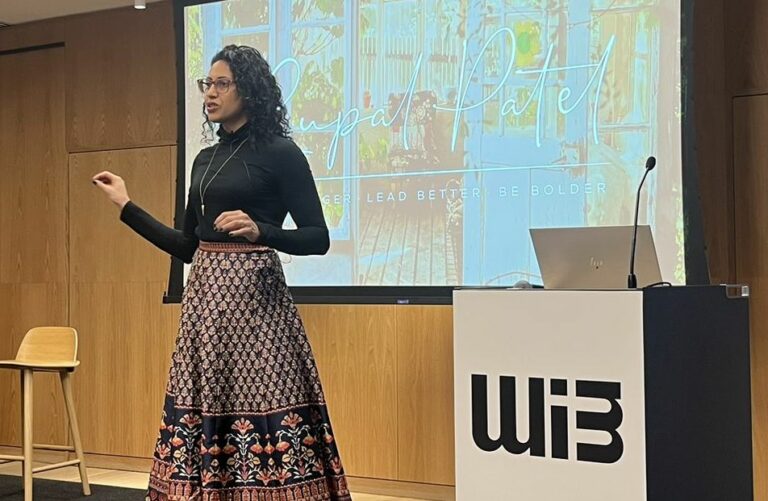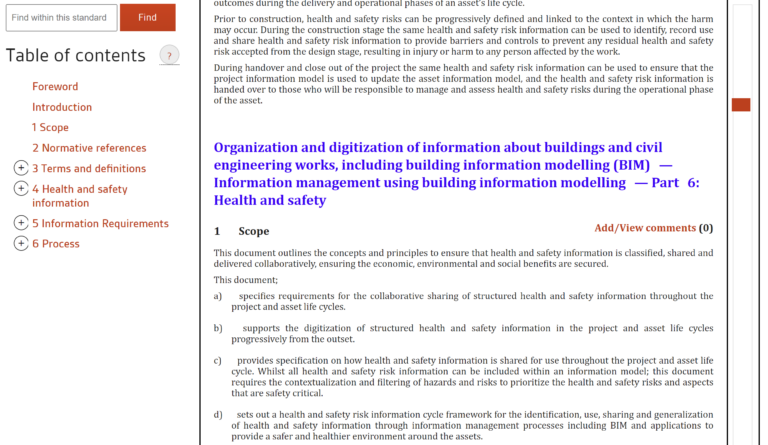What is a digital twin?
A new international standard is set to create greater consistency of understanding around digital twins.
The term ‘digital twin’ has been widely used (and misused) in recent years. The phrase was first applied in the US in relation to product lifecycle management in 2002, and was subsequently adopted across many different industry sectors (aerospace, automotive, space exploration, etc). In the UK built environment sector, use of the term accelerated after the Centre for Digital Built Britain published The Gemini Principles in December 2018, and started discussions about a ‘national digital twin’ that continue today.
Inevitably, across the different industry sectors and across international boundaries, there are differing interpretations of ‘digital twins’. These range from simplistic suggestions that any digital representation (a point cloud, a 3D model) of an object can be a digital twin, to more advanced definitions that combine digital and physical representations and connect them with two-way communications. However, international use of the term may soon become much more consistent.
New international standard
Dan Rossiter says a new standard, BS ISO/IEC 30173, will help to formalise key elements of digital twins. Dan is a nima ambassador, vice-president (technical) of the nima-affiliated Chartered Institute of Architectural Technologists (CIAT) and built environment sector lead at BSI, nima’s partner in maintaining the UK BIM Framework. He has recently written about the new standard for readers of trade magazine PBC Today (see Has ISO answered, “what is a digital twin?”).
Dan highlights the previous lack of consensus about what a digital twin is, and describes how BSI, the UK’s national standards body, is looking to formalise definitions of the key concepts of a digital twin. BS ISO/IEC 30173:2023, 3.1.1 defines a digital twin as:
“Digital representation of a target entity with data connections that enable convergence between the physical and digital states at an appropriate rate of synchronisation.”
This may seem quite complex, so Dan breaks the definition down. Thus:
- A target entity, simply, is the subject of the digital twin – ‘real’ things like components, assets, systems and processes – that can be observed through data connections like sensors.
- A digital representation is the digital version of the target entity. Depending on the subject, it may be represented graphically – eg as a 3D model – or – in the case of a process or system, as a diagram. Importantly, Dan says digital twins are not about 3D models; they are about bi-directional exchanges of pertinent information.
- Convergence is the act of coming together, which can be achieved in three different ways:
- The digital representation changes to reflect the target entity (eg: a component, which is being tracked, is moved; once in its new position, its location is updated with new coordinates).
- The target entity changes to reflect the digital representation (eg: someone sets a thermostat which is monitoring a living room; the thermostat triggers the room to warm up).
- Both the digital representation and target entity change to meet in the middle (eg: a complex algorithm behind a series of interconnected digital twins may influence several entities and representations concurrently).
- An appropriate rate of synchronisation reflects that this convergence occurs as often as needed. For example, for use cases relating to life safety, (near) real-time may be a requirement. However, for other use cases, convergence would happen less frequently.
As Dan says, perhaps the next time someone begins to discuss digital twins, you might think to check them against BS ISO/IEC 30173.








